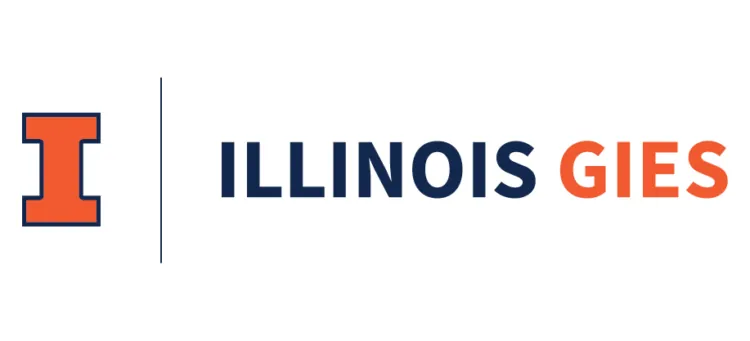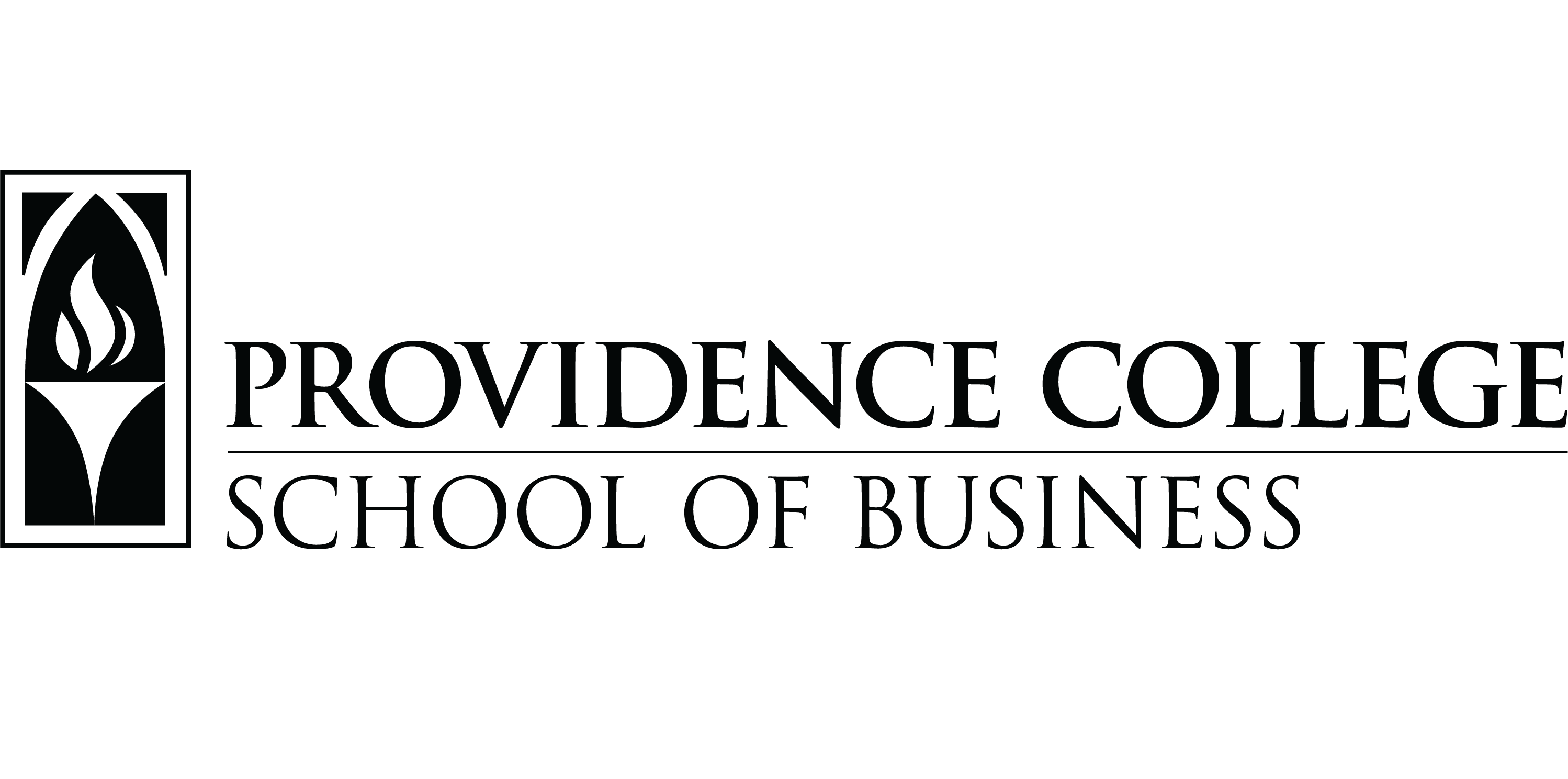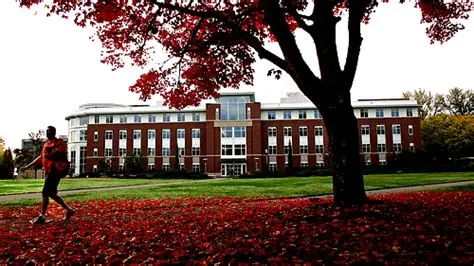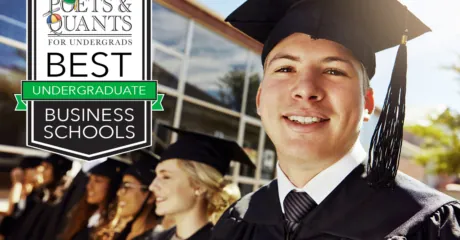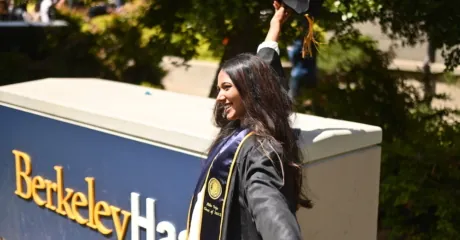Oregon State University’s College of Business came in at No. 83 in our 2023 rankings this year – up 6 places from last year’s No. 89 finish in our 2022 rankings. Of the three methodological categories, the B-School scored highest in Academic Experience and Admission Standards, where they placed No. 80 in both.
Oregon reported a 81.10% acceptance rate for their most recent incoming class, and an average SAT score of 1132 for the Class of 2023. Employment outcomes and internship rates hadn’t been reported since 2021, but this year, Oregon reported that 72.09% of the Class of 2023 secured full-time employment within three months of graduation, and 80% of the class landed a business-focused internship before graduating.
At Oregon State University’s College of Business, students are given a comprehensive education that guides them from the day they step foot onto campus to the day they embark on their career. With a strong blueprint curriculum and a variety of real-life experiences, students are given a clear path to a meaningful career.
THE BLUEPRINT MODEL
The College of Business offers 14 undergraduate business and design majors including Accounting, Apparel Design, Business Administration, Business Analytics, Business Information Systems, Design & Innovation Management, Finance, Hospitality Management, Innovation Management, Interior Design, Management, Marketing, Merchandising Management, and Supply Chain and Logistics Management.
One of the highlights of the undergraduate business program is Blueprint, a required 12-course series on professional and leadership development and financial literacy. The Blueprint curriculum follows an education-to-career model to provide a strong foundation for every business student. Students take one course each term every year until graduation with topics and projects including financial literacy, running a microenterprise, and competing in a college-wide case competition.
What makes the Blueprint model unique is its focus on work-based learning and transferable skills. Students develop key soft skills such as adaptability, teamwork, and communication. Additionally, Blueprint coursework is designed around NACE career competencies, a definitive guide of key competencies and career readiness. Since its launch, Blueprint has been well-received.
Another benefit to the Blueprint model is the support that students receive throughout their undergraduate business education. Since they are required to take one course per term until graduation, students get direct and consistent support from faculty and staff.
“Through it all, we had the support of excellent professors, and they fostered an outstanding sense of teamwork amongst all students,” one alum told us.
REAL-LIFE EXPERIENCES
Students at Oregon State have a variety of opportunities to gain real-life experience both in the classroom and out. Course projects often require students to work in teams and solve a real business problem.
“In our Statistical Demand planning and forecast project, we worked with real data from a local company that our class had partnered with,” another alum reported. “It was unique in that we were using real-life data and information and the highly analytical side of business was something I thoroughly enjoyed. I feel it prepared me for the workforce by giving me the experience and confidence to not shy away from quantitative business problems.”
A number of surveyed alumni also highlighted the valuable experience they gained from the Oregon State Investment Group, a student-led asset management organization that manages approximately $2.5 million of assets.
“We were entirely student-led and invested the funds across three long-only portfolios,” another alum recalled. “This hands-on learning experience was the best thing for my career and time in college. It also gave me a community of classmates and dedicated alumni who pushed me to end up where I am today. I truly could not speak higher of any other organization/activity I’ve participated in. I would not be where I am today if it wasn’t for this group.”
Whether in-class projects or extracurricular activities, students at Oregon State are learning how to conduct business in real-world settings while also building important soft skills. Additionally, with the B-school’s comprehensive and supportive Blueprint model, they’re given a strong foundation in professional and leadership development and financial literacy. By the time Oregon State students graduate from campus and into the real world, they’ll be ready for anything and everything that comes their way.
Alumni say:
“Throughout my time at the university, I was a part of a student-led investment club. This group offered me a great opportunity to apply the skills learned in the classroom and provided networking opportunities that would otherwise be inaccessible. Experiential learning opportunities such as this are a huge benefit of pursuing an MBA. The lessons learned here and connections made are the true value of attending business school.”
“Working on an actual use case that the College of Business was dealing with helped me understand real-world applications of software and process development.”
“Oregon State Investment Group was by far the most real-world application and useful experience I had at OSU.”
“Our faculty was exceptional at building a project that allowed us the flexibility to achieve a goal we essentially set for ourselves around the project parameters. Each group programmed and executed a different part of the overall project that we presented to a real-life client.”
“I took part in the Center for Marketing & Consumer Insights student-based lab while at Oregon State. It ended up changing my life and preparing me for exactly what I currently do in my job. I’m thankful for the experience and the classmates/faculty I had the chance to work with.”

